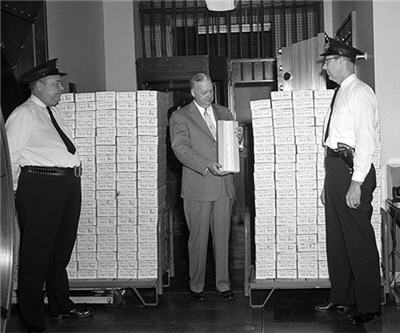Physical demand helps gold price consolidate gains

The gold price added to Monday’s strong performance on Tuesday, jumping as much as 2% or $25 in early trade to above the psychologically important $1,250 level.
By early afternoon the precious metal gave up a chunk of the gains however, changing hands at $1,247 an ounce, as it recovers from three year lows below $1,200 an ounce
The most recent sell-off on precious metals markets came after chairman Ben Bernanke hinted the US Fed Federal Reserve’s stimulus program may come to an end this year as the world’s largest economy continues to recover.
When the Fed starts tapering off QE, which floods markets with cheap money, it will further strengthen the US dollar and tarnish gold’s status as a storer of wealth.
On Friday, stronger than expected US payrolls that strengthen the argument of Fed policy hawks hurt gold, but the metal managed to close above $1,200.
And news of a jump in inflation in China coupled with record-setting pace of bullion imports – the country imported 108 tonnes in May, the second highest on record behind March’s 136 tonnes – are also boosting sentiment.
In a research note on Tuesday, Canadian investment firm TD Securities argues that “given the massive short positioning and the likelihood that an early QE tapering is already priced in, we would expect gold to move up towards an upper end of its [$1,200 to $1,300] trading range”:
“The drop down to $1,200/oz territory has brought in physical demand, which is a trend we think will continue to move price toward the upper limit of the current trading range, as will a drop of the dollar from recent highs.
Continued strong central bank interest, which will likely result in some 550 tonnes of new physical demand this year, should also help to firm gold absent a macro catalyst capable of moving yields sharply higher.”
SEE ALSO:
More News
Column: Europe’s future metals strategy hindered by current crisis
Chinese over-capacity and high energy prices have accelerated the long-term decline of European steel and aluminum production.
March 29, 2025 | 02:25 pm
Anglo starts talks with banks on possible De Beers IPO
Anglo is pursuing a dual-track process in its effort to exit De Beers by trying to find a buyer for the struggling business.
March 28, 2025 | 12:19 pm
{{ commodity.name }}
{{ post.title }}
{{ post.excerpt }}
{{ post.date }}



Comments